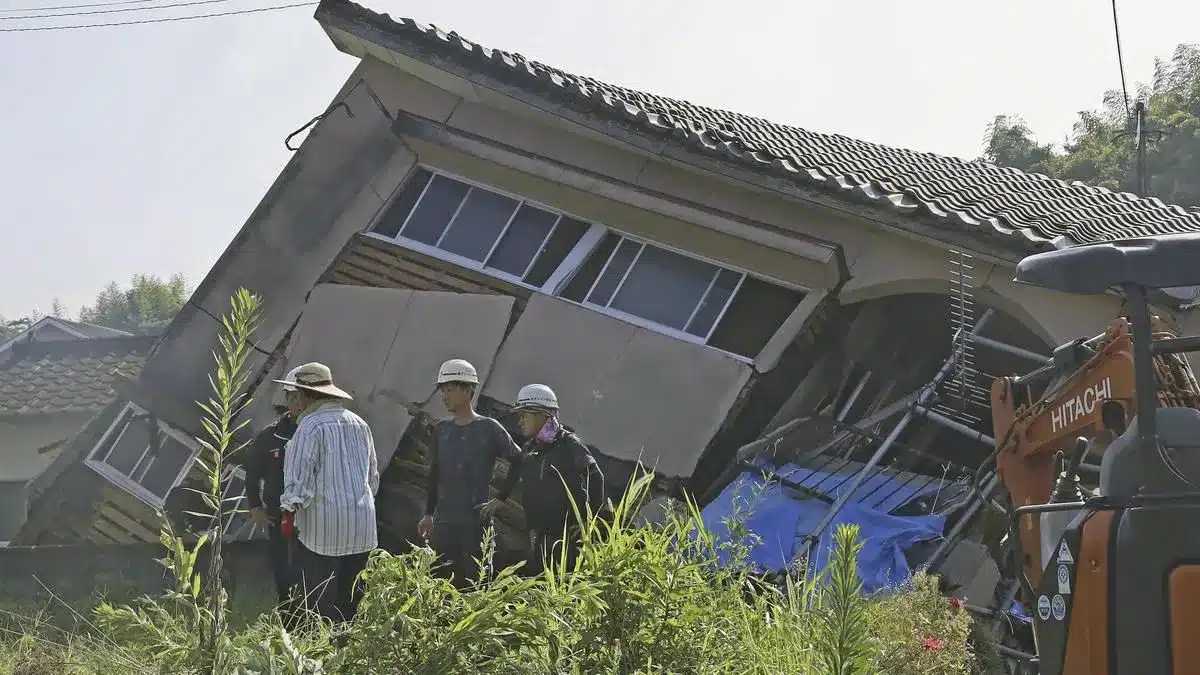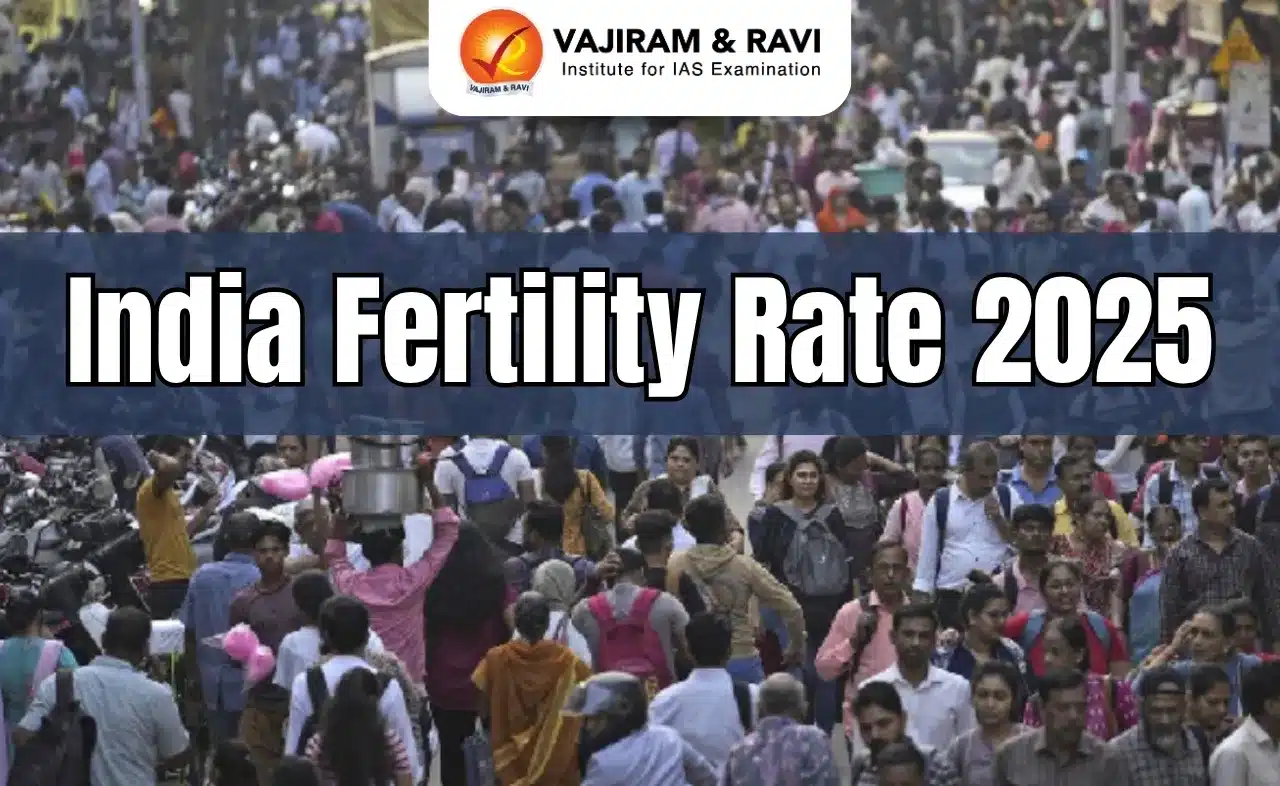What’s in today’s article?
- Why in News?
- What Concerns are Japanese Authorities Currently Facing?
- Why was Alert Issued if Earthquakes can’t be Predicted?
- What is the Ring of Fire?
Why in News?
- A recent earthquake (of magnitude 7.1 on Richter scale) in southern Japan was promptly followed by a major warning from Japan’s meteorological agency, stating that there was a heightened risk of a first-ever “mega earthquake”.
- Earthquakes with a magnitude greater than 8 (on Richter scale) are classified as megaquakes.
What Concerns are Japanese Authorities Currently Facing?
- Japan is situated on the Ring of Fire:
- Though Japan is no stranger to seismic activity (experiencing approx. 1,500 earthquakes annually), most of these tremors cause minimal damage.
- However, there have been devastating exceptions, such as the magnitude 9.0 quake that struck in 2011, triggering a tsunami and nuclear disaster that claimed over 18,000 lives along the north-east coast.
- The Nankai Trough:
- The Nankai Trough, situated off the southwest Pacific coast of Japan, is a significant geological feature that extends for roughly 900 km (600 miles).
- This trough is formed by the subduction of the Philippine Sea Plate beneath the Eurasian Plate.
- The convergence of these two tectonic plates along the Nankai Trough results in the accumulation of immense tectonic strains over time.
- These built-up strains have the potential to trigger a devastating megaquake approximately once every 100 to 150 years.
- For example, a rupture spanning the entire 600km length of the Nankai Trough triggered Japan’s 2nd-largest recorded earthquake (followed by the eruption of Mount Fuji) in 1707.
- According to experts, there is a 70% to 80% probability of a magnitude 8 or 9 earthquake occurring somewhere along the trough within the next three decades.
Why was Alert Issued if Earthquakes can’t be Predicted?
- According to experts, the issuance of the warning has almost nothing to do with science.
- This is because earthquakes are known to be a “clustered phenomenon“, and it is not possible to tell in advance whether a quake is a foreshock or an aftershock.
- However, the alert was sent out urging individuals to be ready for potential evacuation. For example,in several towns authorities are encouraging elderly residents and others to voluntarily relocate to safer areas.
What is the Ring of Fire?
- The Ring of Fire is a tectonic belt of volcanoes and earthquakes, which is about 40,000 km (25,000 mi) long] and up to about 500 km (310 mi) wide.
- It surrounds most of the Pacific Ocean, hence it is also called Circum-Pacific Belt.
- It contains between 750 and 915 active or dormant volcanoes, which is around two-thirds of the world total.
- About 90% of the world’s earthquakes, including most of its largest, occur within the belt.
Q.1. What is the difference between the mercalli and richter scales of seismic activity?
The Mercalli and Richter scales are both used when measuring the impacts of seismic activity. However, while the Richter scale measures the magnitude/ force of the earthquake, the Mercalli scale measures the physical impact/ intensity of the earthquake within a given location.
Q.2. What is the difference between the epicenter and the focus of an earthquake?
The focus is the place inside Earth’s crust where an earthquake originates. The point on the Earth’s surface directly above the focus is the epicenter.
Source: Japan’s ‘megaquake‘ warning | Explained | ToI | IE
Last updated on June, 2025
→ UPSC Notification 2025 was released on 22nd January 2025.
→ UPSC Prelims Result 2025 will be out soon for the CSE held on 25 May 2025.
→ UPSC Prelims Question Paper 2025 and Unofficial Prelims Answer Key 2025 are available now.
→ UPSC Calendar 2026 is released on 15th May, 2025.
→ The UPSC Vacancy 2025 were released 1129, out of which 979 were for UPSC CSE and remaining 150 are for UPSC IFoS.
→ UPSC Mains 2025 will be conducted on 22nd August 2025.
→ UPSC Prelims 2026 will be conducted on 24th May, 2026 & UPSC Mains 2026 will be conducted on 21st August 2026.
→ The UPSC Selection Process is of 3 stages-Prelims, Mains and Interview.
→ UPSC Result 2024 is released with latest UPSC Marksheet 2024. Check Now!
→ UPSC Toppers List 2024 is released now. Shakti Dubey is UPSC AIR 1 2024 Topper.
→ Also check Best IAS Coaching in Delhi






















